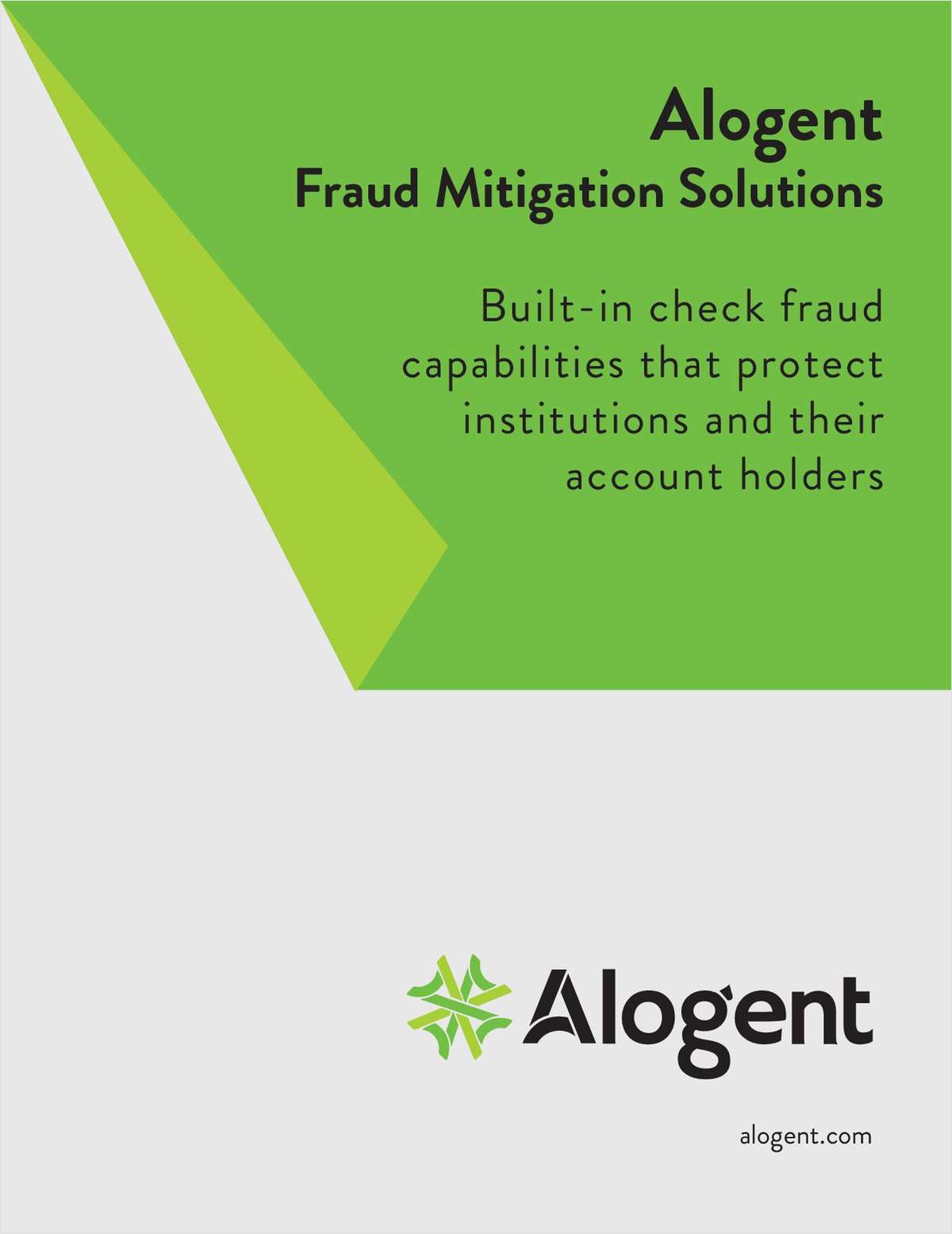Good news for financial institution heading into the new year. Anticipated loan demand is finally increasing, especially for home equities, according to Raddon's 2017 national study.
The research, “Lending Insights: Loan Demand Rebounds but Challenges Persist,” from Lombard, Ill based Raddon, a Fiserv company, indicates 28% of consumers anticipate opening a loan in the next 12 months. “This demand for loans has increased significantly from a low of 19% in 2015 and just 21% last year. Home equities are among the products showing increasing demand. The increase in demand is being fueled by rising home prices (up by one-third since 2009) and lower inventories of houses on the market,” Strategic Advisor Jan Trifts said in the report.
She acknowledged recent regulations also having a major effect on the design of home equity products. The most impactful regulation is the TILA-RESPA Integrated Disclosure regulations of August 2015. The implementation of TRID, most banks started offering home equity lines of credit with an option to lock in a portion or all of the balances into a fixed rate, fixed term product. Some of Raddon's clients have moved to this “hybrid” model as well. Raddon expects this hybrid product will grow in popularity and become the new model for equity lending.
In the Raddon study, they also asked consumers about their preference for home equity products in a rising rate environment. Raddon found consumers are more reluctant to select the traditional variable rate home equity line of credit and nearly a third of consumers expressed interest in the newer hybrid equity line/loan. Homeowners want to protect themselves from the impact of rising interest rates in the future.
“Raddon's Performance Analytics (June 2017 data) showed stronger household penetration and growth for HELOCs versus home equity loans,” Trifts noted. Households with home equity products have a strong relationship with their financial institution and typically belong to the most profitable household segment – the “A” profit segment (annual household profit of at least $500 or more per year). Total deposit and loan balances are also very strong for these households.
Raddon's clients have been rolling out the hybrid HELOC products over the last few years. They indicated one of the key benefits of offering the hybrid HELOC is it's an evergreen lending product. It is a loan a consumer applies for once but continues for as long as they remain in their current house. As they pay down the loan's fixed segments the available line grows and can be repurposed towards another use.
Two key performance statistics for two Raddon clients who offer hybrid HELOC products: household penetration as much stronger for clients offering the hybrid HELOC versus the standard HELOC based on June 2017 Performance Analytics results and account balances are at least as high as what Raddon saw see on average and one significantly higher. “Growth in balances and households exceed the standard product offering. Profit varies by institution but household profitability is strong for both.”
Institutions considering offering hybrid HELOCs will need to think about a number of issues, including how they structure interest rates, fees, payment options and other considerations.
“Raddon believes this product will continue to grow and become the new model for home equity products,” Trifts said. “Given the forecasted rising rate environment, a hybrid HELOC provides benefits to both the borrowers and lenders.” However, this product is more complex for institutions to implement and loan systems may restrict the product offering. Furthermore, staff training and education is critical to the successful implementation of this product.
Complete your profile to continue reading and get FREE access to CUTimes.com, part of your ALM digital membership.
Your access to unlimited CUTimes.com content isn’t changing.
Once you are an ALM digital member, you’ll receive:
- Breaking credit union news and analysis, on-site and via our newsletters and custom alerts
- Weekly Shared Accounts podcast featuring exclusive interviews with industry leaders
- Educational webcasts, white papers, and ebooks from industry thought leaders
- Critical coverage of the commercial real estate and financial advisory markets on our other ALM sites, GlobeSt.com and ThinkAdvisor.com
Already have an account? Sign In Now
© 2024 ALM Global, LLC, All Rights Reserved. Request academic re-use from www.copyright.com. All other uses, submit a request to [email protected]. For more information visit Asset & Logo Licensing.









